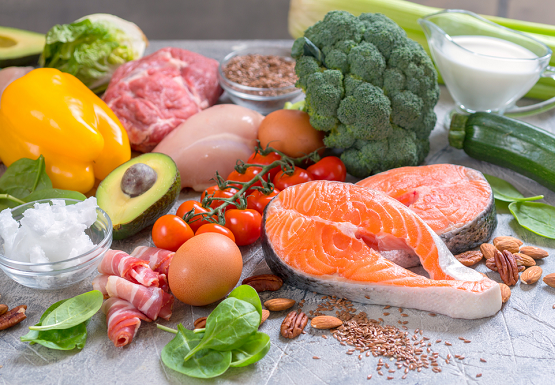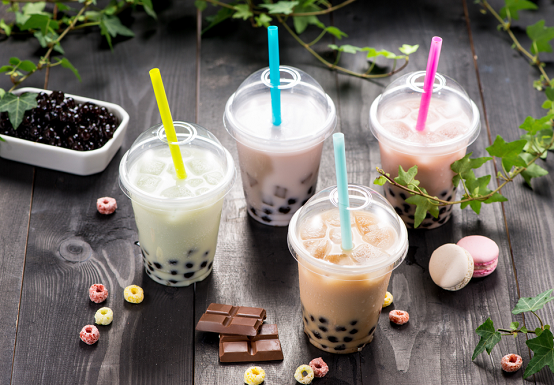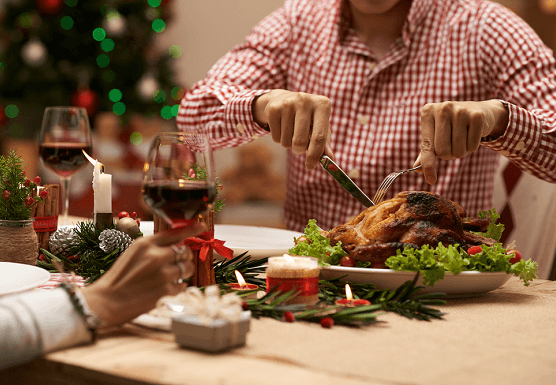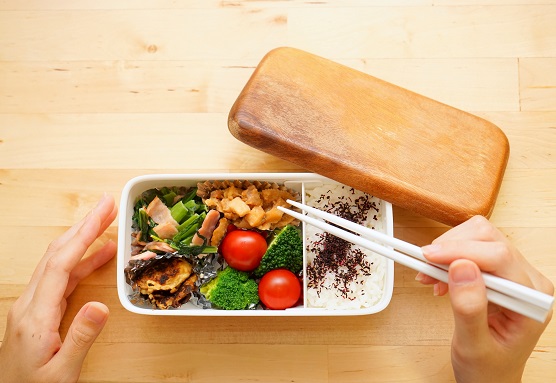Hail to Kale
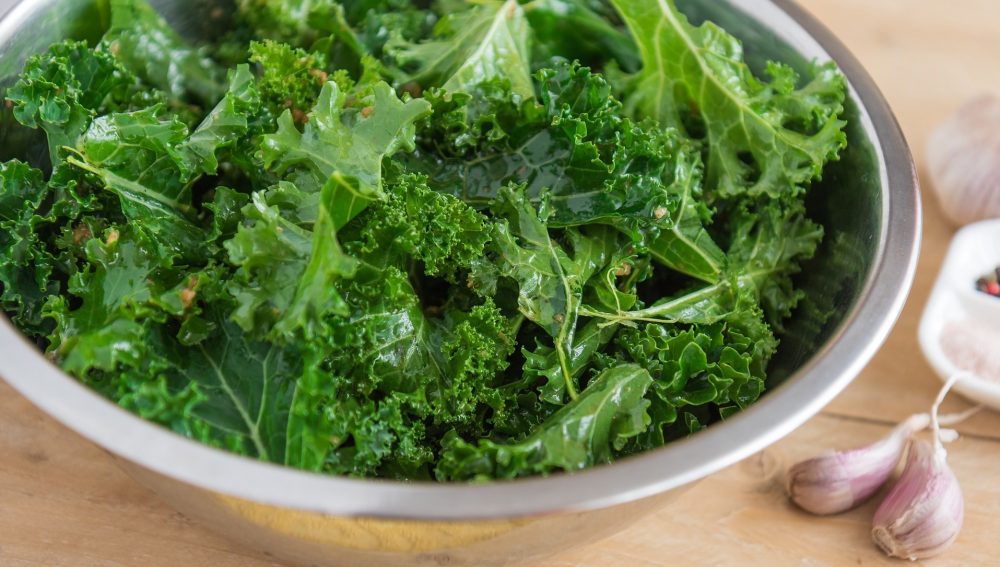
Pregnancy is a wonderful, special time in a woman’s life. Eating healthy is important not just for the mother’s health but is also the baby’s main source of nourishment.
Good sources of nutrition come from fruits and vegetables. The Centres for Disease Control and Prevention (CDC) identified 41 powerhouse fruits and vegetables (PFV) which were strongly associated with reduced chronic disease risk termed as Superfoods. There is no official definition for the term Superfood though the CDC recently developed some guidelines for fruits and vegetables that are nutrient dense. These 41 PFV contain 10% or more daily value per 100 kcal of 17 nutrients including potassium, fibre, protein, calcium, iron, thiamin, riboflavin, niacin, folate, zinc, and vitamins A, B6, B12, C, D, E, and K.
Green leafy vegetables such as kale, collard greens, spinach, watercress and lettuce leaf are packed with iron, calcium, vitamin K. In this issue, we throw a spotlight on Kale as a Superfood and a good vegetable to consider while pregnant or lactating.
Kale has many benefits for women. Eating kale during pregnancy is an excellent option for expectant mothers as the green leafy vegetable comes loaded with all the nutrients that are just right for your growing baby. Kale supplies so many vitamins and minerals, including an abundance of vitamins A and C, calcium and iron. It helps regulate estrogen, and wards off many forms of cancers including breast cancer.
Proper nutrition is vital as babies in the womb grow and develop at a rapid rate. Kale is extremely rich in vitamin A—essential for visual and immune functions. One cup of kale has as much vitamin C as an orange. It provides as much calcium as the equivalent amounts of cow’s milk making it an excellent food for vegans.
There are 5 key benefits of Kale:
1. Fibre
Kale is packed with fibre content ideal for smooth digestion and added roughage. The fibre also helps in preventing conditions such as constipation and also to relieve stomach issues.
2. Calcium
The rich calcium component will help to build stronger bones and teeth in your baby. Doctors will usually give this to the mother in the form of supplements. Eating the vegetable would be a bonus. The calcium in kale is easily absorbable so it helps protect against osteoporosis, arthritis, and bone loss. It also provides folic acid which is necessary for proper development of the baby’s nervous system. While nursing, kale and other leafy greens increase breastmilk supply.
3. Vitamin A
This will help the baby build a stronger immune system and is an important foundation factor in the prenatal stage.
4. Vitamin C
Rich in vitamin C, Kale will help to give you added energy and vitality while nourishing and protecting the baby in the womb. This vitamin helps the body to make collagen, a structural protein that is a component of cartilage, tendons, bones and skin. Vitamin C also helps your body to absorb iron and will also help to prevent infections such as colds and coughs during pregnancy.
5. Vitamin K
This vitamin helps to keep the blood vessels strong during pregnancy.
Unlike spinach or chard, kale does not contain oxalic acid, which prevents the body from absorbing calcium. Kale is the richest of the greens in the phytochemical lutein. Lutein, known mostly for prevention of eye disease, is now thought to be more protective against cancer than beta-carotein. It is also one of the highest sources of antioxidant flavonoids which help ward off heart disease and regulate blood pressure.
More than just salads and soups, try making a Kale dip and enjoy this with crackers as a snack. You can also make a nutrient-filled alternative to potato chips by baking kale pieces until they are crispy. To make the “chips,” tear the leaves into bite-sized pieces, wash and dry them thoroughly and toss with oil and seasoned salt. Bake at 350°F for 10 to 15 minutes, flipping them over once; the edges should be brown but not burnt. Do give it a try.
Click here to learn more about our Nutrition and Dietetic services.
This article is taken from our My Alvernia Magazine Issue #28. Click here to read the issue on our website or on Magzter.
